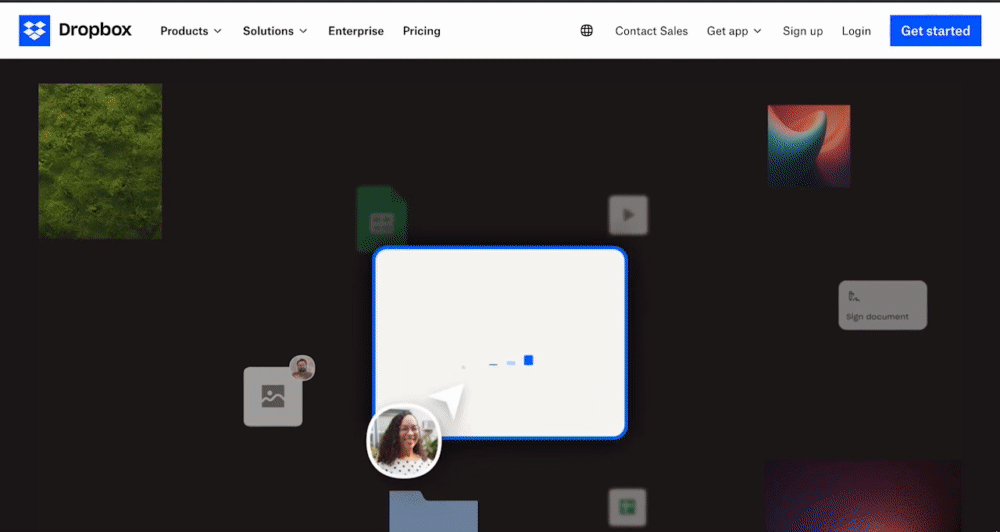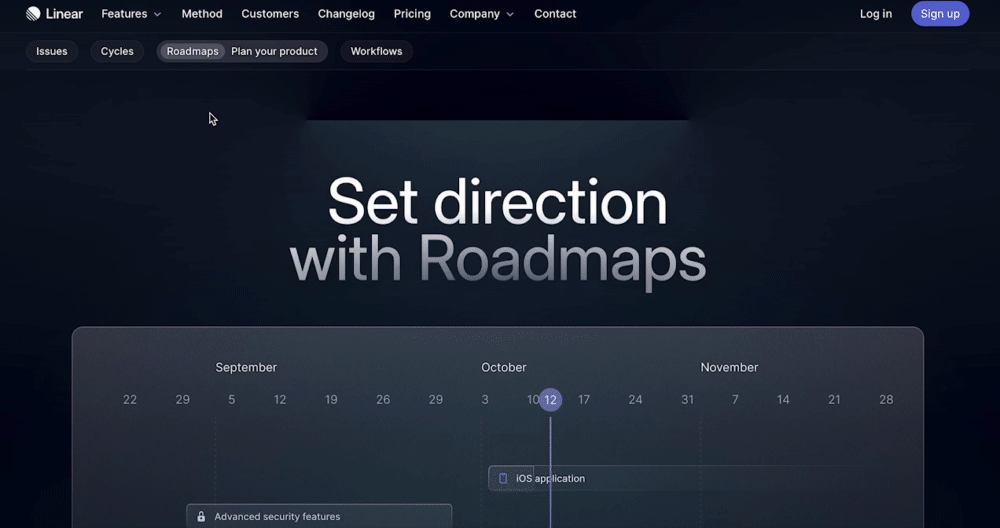6 Essential Steps to Mastering User Onboarding for Growth and Activation
/Imagine your new user’s journey as a grand adventure, beginning the moment they first encounter your product. This journey, however, isn’t just about the initial discovery—it's a multi-faceted experience that starts before they even sign up and continues well beyond their first session.
Picture this: A potential user stumbles across your product amidst a sea of options. How do you ensure that this encounter doesn't just fade into the background, but instead, sparks a lasting engagement?
In this story, mastering user onboarding isn’t merely a strategy; it's an art form. It’s about guiding your users through a series of pivotal moments that transform their initial curiosity into genuine, long-term commitment. Here, we have shown examples used by Linear, Grammarly, and Dropbox for better understanding on how others have done it. Let’s embark on this journey together, exploring the six essential steps that will not only captivate your users from the start but also nurture their growth and loyalty every step of the way. From the first impression to building enduring habits, each step plays a crucial role in turning fleeting interactions into lasting relationships. Join us as we uncover the secrets to creating an onboarding experience that leaves a memorable mark and drives true user success.
Step 1: Product Search / Ads
🔴 Dark Pattern: Users often ignore ads due to "Banner Blindness," where they’ve become accustomed to dismissing or overlooking standard ad placements. This creates a significant challenge for capturing attention in an already crowded space.
🟢 Behavioral Principle: The principle of "Short-Term Memory" plays a role here—users struggle to retain detailed information about products quickly due to the sheer volume of information they encounter daily.
👍 Best Practice: Dropbox excels by showcasing its core product value immediately on their homepage. This strategic placement ensures that potential users see what sets the product apart, leveraging a strong first impression to engage visitors right from the start.
Step 2: Website
🔴 Dark Pattern: Overloading users with excessive information can violate "Miller’s Law," which suggests that people can only hold about 7 (plus or minus 2) items in their working memory at once. This can make users feel overwhelmed and lead to disengagement.
🟢 Behavioral Principle: To counteract this, use "Visceral Delight"—create an aesthetically pleasing and intuitively designed site that makes a positive impact on users through its visual appeal and clear presentation of value.
👍 Best Practice: Linear does an outstanding job by visually showcasing product use cases on their website. This not only helps users understand the product’s value but also aids in recalling its features, leading to a more memorable first interaction.
Step 3: Sign Up Flow
🔴 Dark Pattern: Complex sign-up forms can be a major deterrent, leading to frustration and drop-offs as users are faced with an overwhelming amount of information and steps.
🟢 Behavioral Principle: Applying "Interaction Cost" principles can help—design the sign-up process to minimize unnecessary interactions, such as excessive reading, scrolling, or typing, to make the experience as smooth as possible.
👍 Best Practice: Dropbox demonstrates effective sign-up design through progressive disclosure, where users are guided through the process in incremental steps, making it easier to complete and understand the form.
Step 4: First Session
🔴 Dark Pattern: Introducing users to a high "Cognitive Load" during their first session can lead to confusion and frustration. Overly complex onboarding experiences can overwhelm users, making them less likely to continue.
🟢 Behavioral Principle: "Hick’s Law" suggests that decision-making becomes more challenging as the number of options increases. Limiting choices helps users make decisions more easily and reduces cognitive effort.
👍 Best Practice: FigJam adheres to this principle by offering a limited set of options (three main use cases) during the initial session. This simplicity helps users start their journey without feeling overwhelmed, making their first experience more manageable.
Step 5: Path to Aha-Moment
🔴 Dark Pattern: Bombarding users with notifications can lead to "Notification Overload," where too many alerts at once create stress and drive users away.
🟢 Behavioral Principle: The "IKEA Effect" highlights that users value products more when they’ve invested time and effort into them. This principle underscores the importance of guiding users toward an Aha-moment where they feel a sense of accomplishment.
👍 Best Practice: Linear skillfully encourages users to engage in work-related tasks from the outset, providing helpful explanations and support at appropriate moments. This approach helps users reach their Aha-moment and feel a connection to the product.
Step 6: Habit Forming
🔴 Dark Pattern: Overusing "FOMO" (Fear of Missing Out) to drive habit formation can disrupt natural usage patterns and lead to user dissatisfaction. Forcing frequent engagement can feel artificial and unsustainable.
🟢 Behavioral Principle: “The "Hooked Model" is crucial here, guiding users through a cycle of triggers, actions, variable rewards, and investments to build lasting habits. This model helps create a natural and engaging user experience.
👍 Best Practice: Grammarly effectively applies the Hooked Model by providing variable rewards (premium suggestions) that encourage ongoing use. By integrating these rewards into the user experience, Grammarly fosters habit formation and increases engagement over time.
Conducting a holistic onboarding audit is essential for optimizing the user experience. User onboarding and activation are intricate processes requiring a thoughtful approach that extends beyond initial interactions. It’s about crafting a journey that captivates users from their first touchpoint and supports their ongoing engagement.
A well-designed onboarding strategy not only welcomes users but also builds lasting relationships and drives satisfaction. Regularly revisiting and refining your approach will keep your onboarding process effective and engaging.
By continually improving and adapting, you ensure that users are not just satisfied but eager to return. Thank you for exploring user onboarding with us—here’s to creating experiences that keep users coming back for more.











